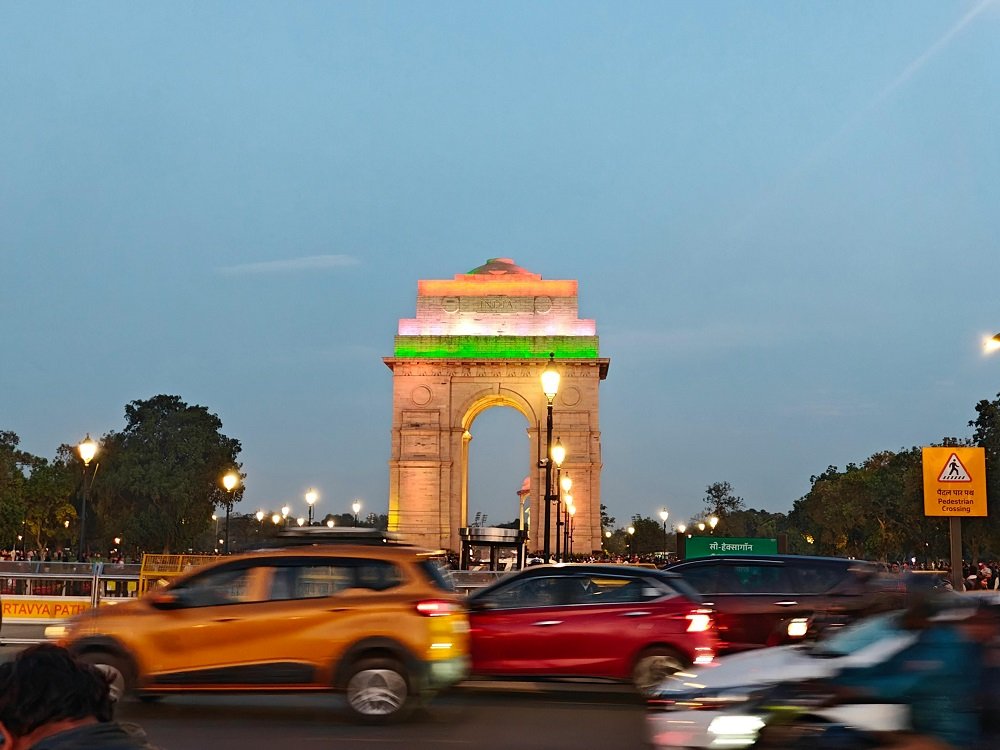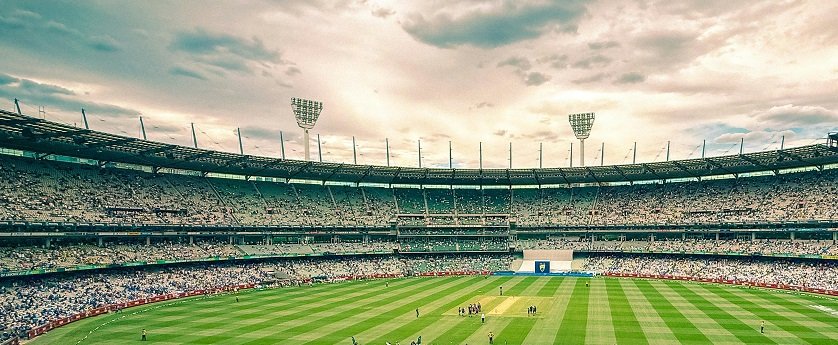Delhi and Earthquake Safety: Understanding the Capital’s Seismic Vulnerability
(Seismic Vulnerability in Delhi : Learn why Delhi is prone to earthquakes and how the city can improve its earthquake preparedness to protect lives and infrastructure. Understand Delhi’s seismic vulnerability and safety measures.)
Delhi, the vibrant heart of India, is known for its bustling streets, rich history, and rapid urbanization. However, one aspect that often catches the attention of its residents is the occasional earthquake tremor that shakes the city. While many of these tremors are mild, they serve as a stark reminder of Delhi’s significant seismic vulnerability.
Why is Delhi Prone to Earthquakes? (Seismic Vulnerability)
Delhi is located in a region that is highly susceptible to seismic activity. According to the Bureau of Indian Standards, Delhi falls under Seismic Zone IV, making it a “High Damage Risk Zone.” This means that there is a higher probability of moderate to severe earthquakes in the region. Let’s break down the key factors contributing to Delhi’s seismic vulnerability:
1) Tectonic Plate Movements
Delhi is situated near the boundary where two major tectonic plates—the Indian Plate and the Eurasian Plate—interact. The Indian Plate is slowly moving northward and colliding with the Eurasian Plate. This ongoing collision builds up a significant amount of stress along various fault lines in the region. When this stress is eventually released, it can lead to earthquakes, some of which might be felt in Delhi.
2) Proximity to the Himalayas
The Himalayas are one of the most seismically active regions in the world. Although Delhi is not directly in the Himalayan region, it is relatively close. Earthquakes originating in the Himalayan belt can travel a long distance, sending strong tremors to Delhi. This adds to the city’s overall earthquake risk.
3) Soil Composition
A large portion of Delhi is built on the Yamuna floodplains, where the soil is soft and loosely compacted. This type of soil amplifies seismic waves, meaning that even a moderate earthquake could cause more damage than it would in an area with firmer soil. Additionally, some parts of Delhi are prone to liquefaction, a phenomenon where the ground behaves like a liquid during intense shaking, which can lead to the collapse of buildings and roads.
Recent Earthquake Activity in Delhi
In recent years, Delhi has experienced numerous low to moderate earthquakes, often originating from nearby regions like Haryana’s Jhajjar district. While these quakes may not have caused major damage, they serve as a constant reminder of the seismic activity beneath the surface.
Delhi’s rapid urbanization and unplanned construction, however, have raised concerns. Many unauthorized buildings do not follow earthquake-resistant building codes. This means that in the event of a larger earthquake, these structures may collapse, leading to devastating consequences.
Addressing the Challenges: Making Delhi Earthquake-Ready
Given Delhi’s high seismic risk, it is crucial to focus on preparedness and risk reduction strategies. Here’s how the city can move towards becoming a safer, more earthquake-resilient metropolis:
1) Strict Building Regulations
It’s essential to ensure that all new constructions adhere to earthquake-resistant building codes. Older buildings, especially those that were constructed without considering seismic risks, must be retrofitted with necessary structural reinforcements to improve their earthquake resistance.
2) Public Awareness Campaigns
In case of an earthquake, knowing what to do can save lives. Delhi needs widespread awareness programs to educate its citizens on safety protocols, such as the “Drop, Cover, and Hold On” technique during an earthquake. The more informed the public is, the better they can respond in an emergency situation.
3) Disaster Preparedness and Management
Delhi must have well-organized disaster management plans in place. These plans should include clear procedures for emergency response, rescue operations, and relief efforts. The city’s disaster management teams must be trained to handle large-scale seismic events and be equipped with the right tools and resources to provide immediate aid.
4) Continuous Seismic Monitoring
Regular monitoring of seismic activity is crucial for understanding the region’s vulnerability. Local authorities should invest in ongoing seismological research to track seismic movements and study the geological features of the area. This data can help improve risk assessments and guide future construction and urban planning.
Conclusion: Staying Prepared for the Unpredictable
The exact timing and intensity of future earthquakes in Delhi remain uncertain. However, understanding the city’s seismic vulnerability and preparing for potential earthquakes is essential to minimizing damage and saving lives. By improving building codes, raising public awareness, and continuously monitoring seismic activity, Delhi can reduce the impact of a future earthquake and ensure the safety of its residents.










